This is a fact: Cows weren’t meant to eat grain. Seriously.
It’s just not their natural diet. You can make them eat it, just like you can make lions in the zoo eat Cheerios, but it’s not what they normally eat, and they won’t do well on it.
And you won’t do well if you eat the meat of grain-fed cows. Here’s why.
Cattle in the U.S. begin life on a pasture, and usually stay there for 12-18 months. But then about 97% of them get shipped off to feedlots—also known as CAFOs, or confined animal feedlot operations— and that’s where the problems really begin.
From the point of view of Big Food, feedlot operations are awesome. Grains are superb at fattening cattle. (You might have noticed that they do the same thing for most humans.) So are antibiotics—which feedlot farmed animals are given a ton of; antibiotics fatten the cows right up. And even if they didn’t, those antibiotics are still needed because the cattle get sick from the double whammy of being confined in such close quarters and being forced to eat an unnatural diet of grains. They’re also given hormones (like bovine growth hormone). All this stuff winds up in their meat, and—especially— in their fat.
So the meat (and milk) that comes from cows that primarily spend their life being fattened up on grain at CAFOs is simply not the same meat or milk that comes from their pasture-fed, grass-grazing brethren. The fat content is different, the nutrients are different, and except for the fact that they both contain the same amount of protein, grain-fed meat is just not the same food as grass-fed meat.
Organic meat and grass-fed are not the same thing, though a lot of grass-fed meat is also organically raised. Organic meat that’s not grass-fed may indeed be free of some unwanted chemicals, but it is still nutritionally inferior to grass-fed meat, because when a ruminant is taken off pasture and fattened on grain, it loses a number of valuable nutrients.
Compared with grass-fed meat, grain-fed meat has only one-quarter as much vitamin E, one-eighth as much beta-carotene, and one-third as many omega-3 fatty acids, if indeed it has any omega-3 at all. Feeding large amounts of any type of grain to a grazing animal will have this effect simply because grain itself has fewer of these nutrients than fresh pasture does. And since most of these animals are corn-fed, and since over 90% of corn in the US is genetically modified to contain the Bt toxin, one can only speculate what effect this has on the quality of the meat that comes from these animals, and on the health of the people who consume them. (Monsanto—that wonderful, public-minded company that gave us Agent Orange– assures us that GMO food like their Bt-toxin containing corn is completely harmless to humans. I don’t know about you, but that sure makes me feel a lot better.)
Grain-fed animals also produce far more of the proinflammatory omega-6s and far less of the anti-inflammatory omega-3s. The balance between these two fats is essential to human health. We get far too many omega-6s and far too few omega-3s. The fat in grass-fed animals is much closer to a healthy balance between these two essential fats. The fat in grain-fed animals is heavily weighted in favor of the pro-inflammatory omega-6 and only contributes to the imbalance in our diet.
Compared with grass-fed products, organic grain-fed products are also relatively deficient in a cancer-fighting fat called CLA—conjugated linolenic acid. CLA has been widely studied for its anti-cancer and tumor-fighting ability, as well as for its ability to reduce the accumulation of abdominal fat. CLA may be one of the most potent cancer-fighting substances in our diet. Feeding animals a diet with as little as 1% CLA significantly inhibited tumor growth and prevented the spread of breast cancer cells to lungs, peripheral blood, and bone marrow. When you feed a ruminant grain—even as little as two pounds a day—its production of CLA plummets..
So as far as I’m concerned, grass-fed meat is the only way to go.
While you can get grass-fed meat at farmers markets and through collectives, it’s not always easy to find. Fortunately, there’s a great online source that I’ve been enjoying for years and that I totally vouch for. It’s called US Wellness Meats. I know the owner, John, and I feel you can totally trust their products.
US Wellness is the only place I know where you can get grass-fed pemmican, a natural kind of beef jerky-type snack that is kind of the original, ultimate “Power” bar. Based on a tried and true historic Native American recipe, it contains beef jerky, beef tallow, water, cherries, a drop of honey and sea salt. It’s amazing.
You can try any of the terrific US Wellness Meats products by clicking here.
I promise, if you try it, you’ll never go back to conventionally raised, toxic meat.

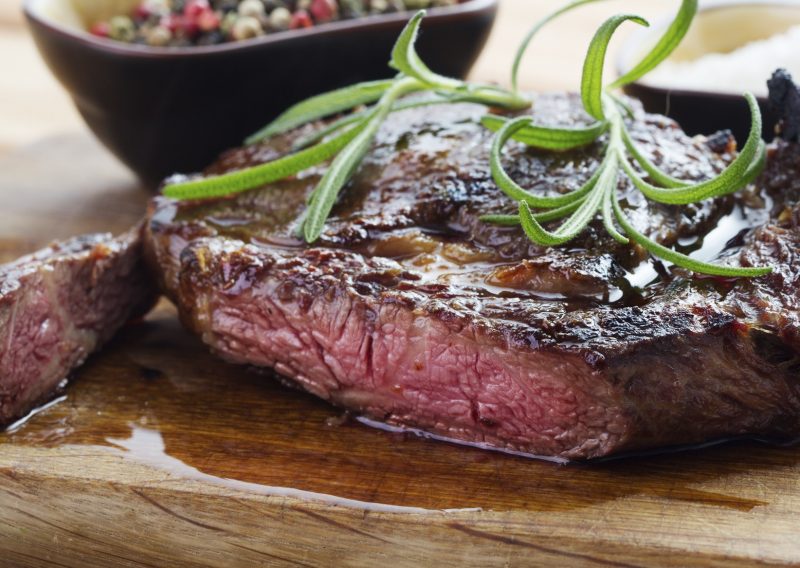



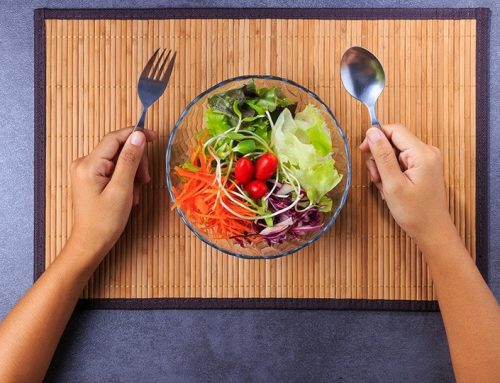

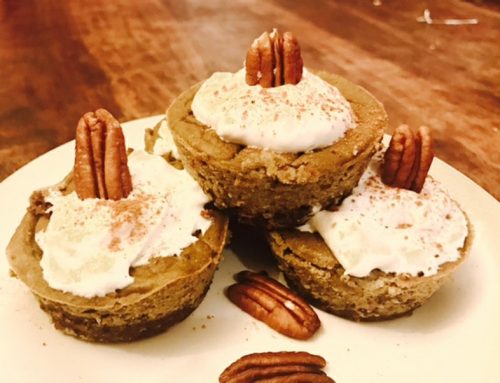

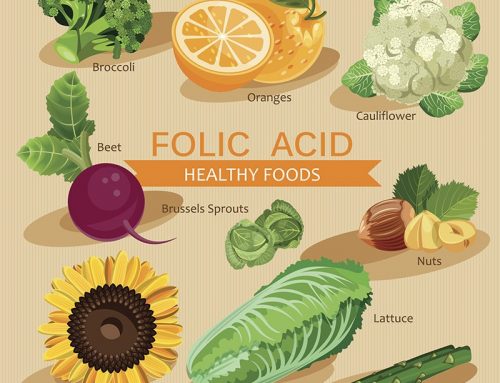
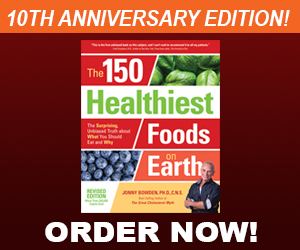
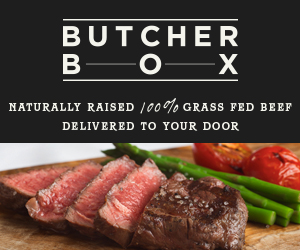


ABSOLUTELY CORRECT and when on a budget get grassfed mince meat /pot roast/liver/ mince meat is so versatile …. one can create delicious meals by using mince meat to make hamburgers , meat loaf, meat sauce, chillie ….. adding herbs and spices…. eat more free run eggs … the most budget friendly healthy versatile food … yolks are a superfood …. make grassfed bone broth, chicken broth…. great healthy base for soups and stews. You dont have to be rich to eat a healthy smart fat diet.
White Oak Pastures deserves some scrutiny and mention.
One caveat, most pemmican will give you 100% of RDA sodium in just 3 oz. And with knowing salt is also not good for osteoporosis risk and bones. I would be very careful on consumption of this, particularly for kids and young men and women who are laying their skeletal foundation.